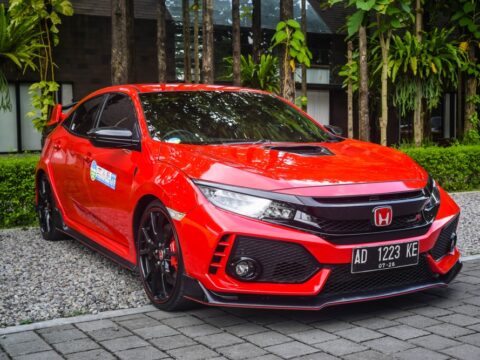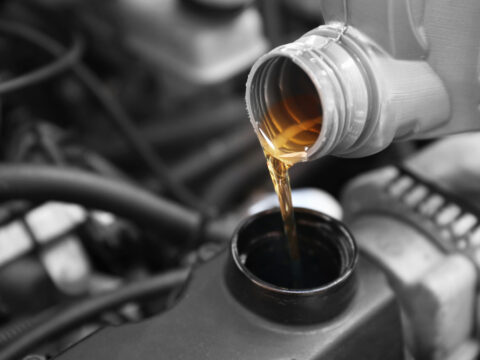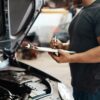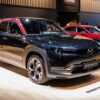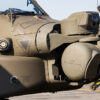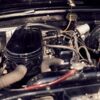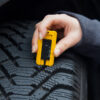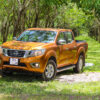You can do almost anything you want with muscle and classic cars. Whatever the stock part was on your car, it can likely be swapped out in favor of a newer and more upgraded component that makes drivability all the more enjoyable and contemporary. Just be careful not to do too much at once while working on a car.
Contents
Disc Brakes Up Front
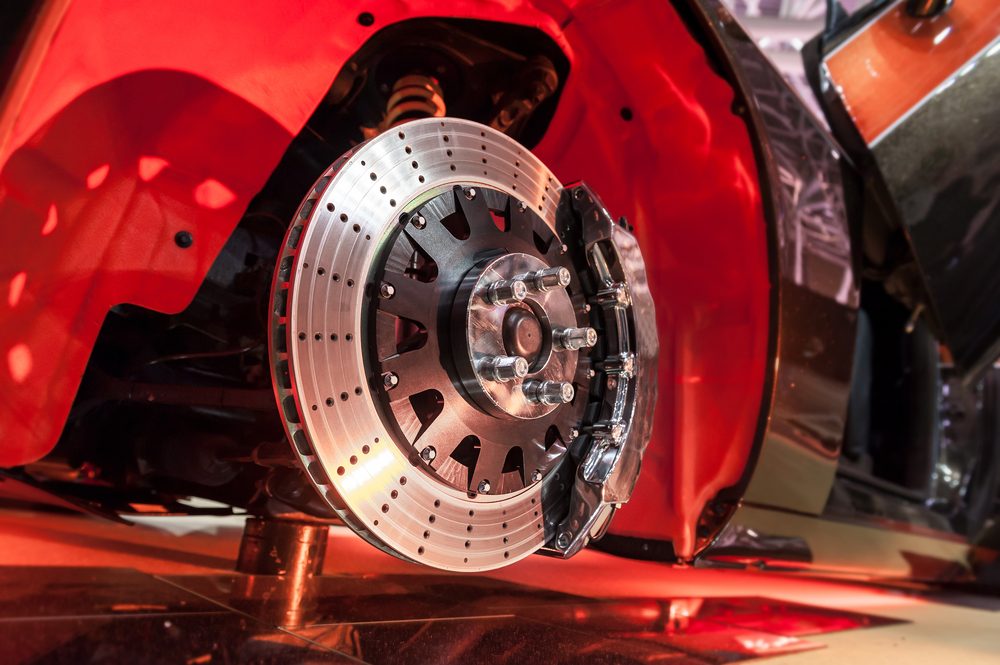
Many classics were made with drum brakes up front, and this is fine enough for the rear when it comes to slow-speed street driving. But remember, those old vehicles had exceedingly long stopping distances back in the day. This is why you should consider popping some disc brakes on the front of the vehicle. Even a basic dual-piston kit will do, although more top-of-the-line six-piston systems are the crème de la crème.
Not only does this shorten your car’s stopping distance, but it also makes the driving performance better. Drums are more vulnerable to fading and heat with excessive use, but disc brakes remain much cooler. What’s more, if you splash through a large puddle with drum brakes, they might cause instances of power loss since the water won’t be able to leave as quickly.
System-wide Upgrades to Steering
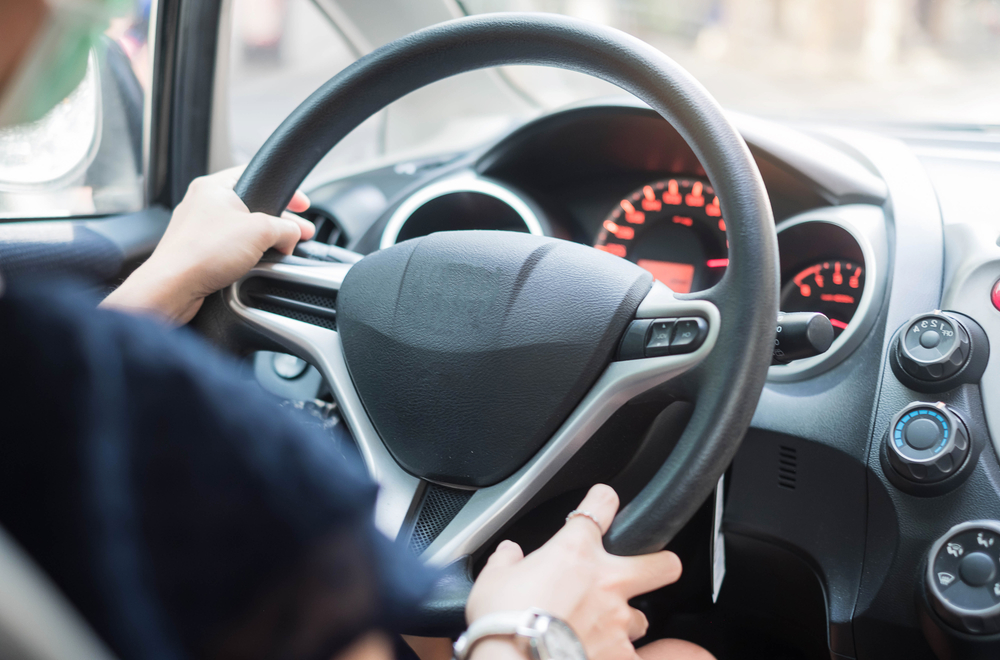
Stock steering from years ago isn’t as refined as it is today, and there are many options for beefing up your entire steering system. Those older cars typically have a bigger turning diameter than today, making for a vehicle that is slow to respond to your inputs.
The simplest swap you can do is to put a faster-ratioed steering box in, typically at or below 15:1. There are plenty of bolt-in-boxes for most old muscle cars, and they have some crossover with other types of cars.
You’ll also want to replace the drag links, ball joints, tie-rod ends, and pitman arms that make the front end feel too loose. These parts are affordable and easy to put in.
Wider Tires
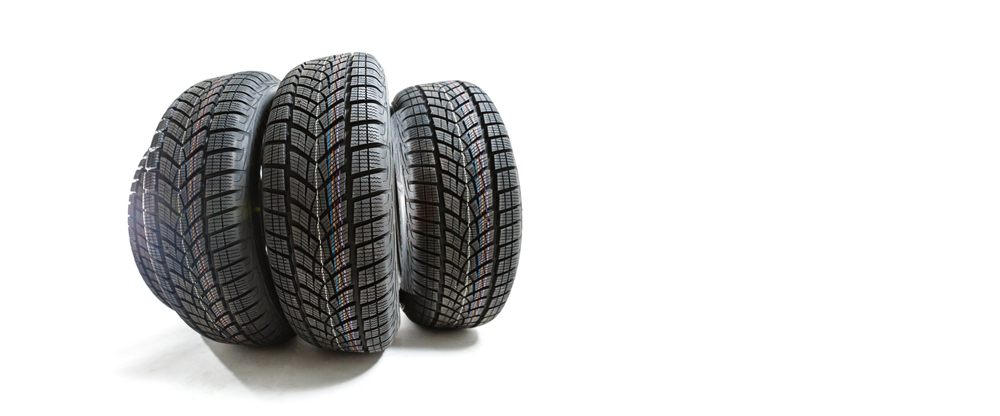
If your tires are no good, you won’t get optimal handling. That is why wider tires can be so helpful. You will want to consider sticking to 200 treadwear or below since this gives you the best return on investment for a performance-oriented vehicle.
If you go for wider tires, the excess rubber creates a bigger surface area for your car to use. This allows for better cornering and straight-line acceleration. Sure, there will be more rolling resistance, but the extra grip you get is a good compromise.
Brand New Bushings
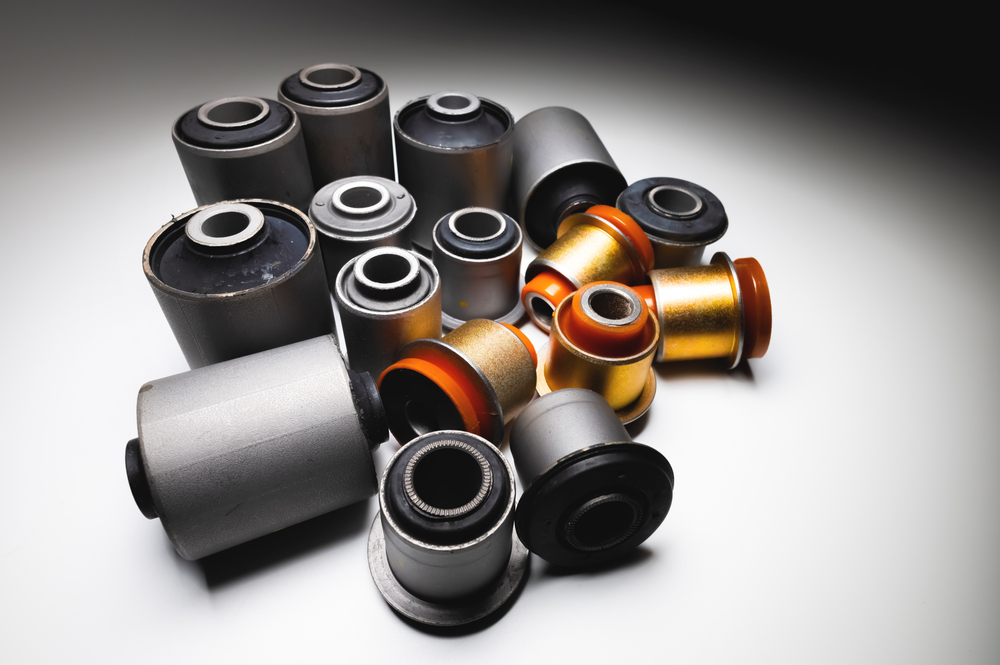
Bushings get overlooked in classics and muscle cars. You might see a beautiful classic with its hood up at a car show, displaying many fancy new parts inside. But one thing that people tend to put off is the bushings.
If you do not put new bushings in – or if you put new ones in but go the rubber route – you won’t get the best steering, handling, braking, and ride quality. Putting in a new sway bar, body bushing (if needed), or control arm can dramatically change how your car drives down the road.
Subframe Connectors for Better Driving Dynamics
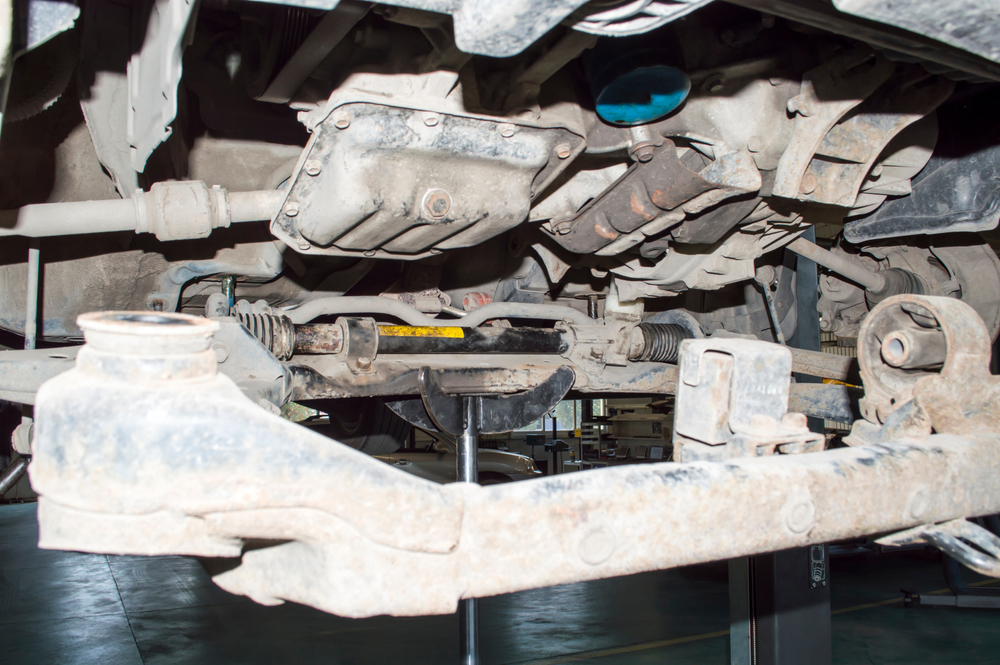
When cars went over to the unibody-style chassis from the body-on-frame style, cars benefitted from enhanced driving dynamics. However, there was a stretch of time during which technology for unibody designs did not properly deal with the rigidity loss that happens when a frame isn’t tying the front and rear suspensions to the rest of the vehicle.
The workaround for this is simple: subframe connects., They tie at the front and rear parts of the chassis with a bolt-in or weld-in steel rails set. They work together to minimize chassis twisting. These connectors can be made for most vehicles and should be welded for rigidity.
Seats With Enhanced Bolstering
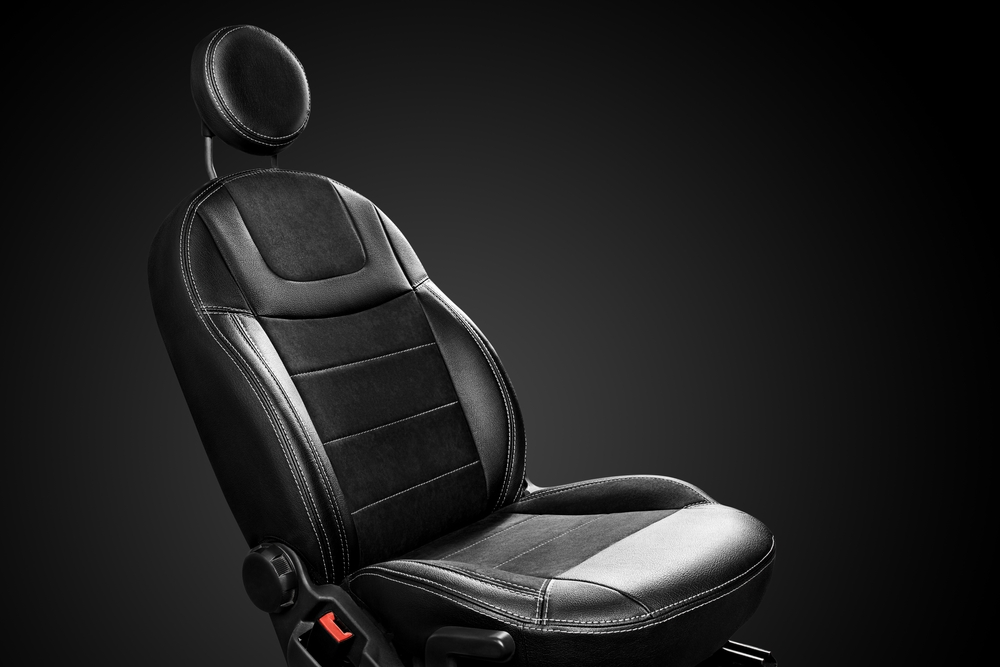
In the 1960s and 70s, American cars did not feature a whole loss of thorax and thigh bolstering. It only became a thing in the early ‘80s, and any bucket seat made before then let you slide side-to-side in the seat corners. This could especially be felt during sportier cornering.
At an absolute minimum, you should swap in a seat with bottom and side bolstering 2-3 inches taller than the seat cushion. High-back seats are much safer and deliver a decent performance while sitting in them. Four-point harnesses and two- or three-point belts give you more upper-body control.
Swap the Overdrive
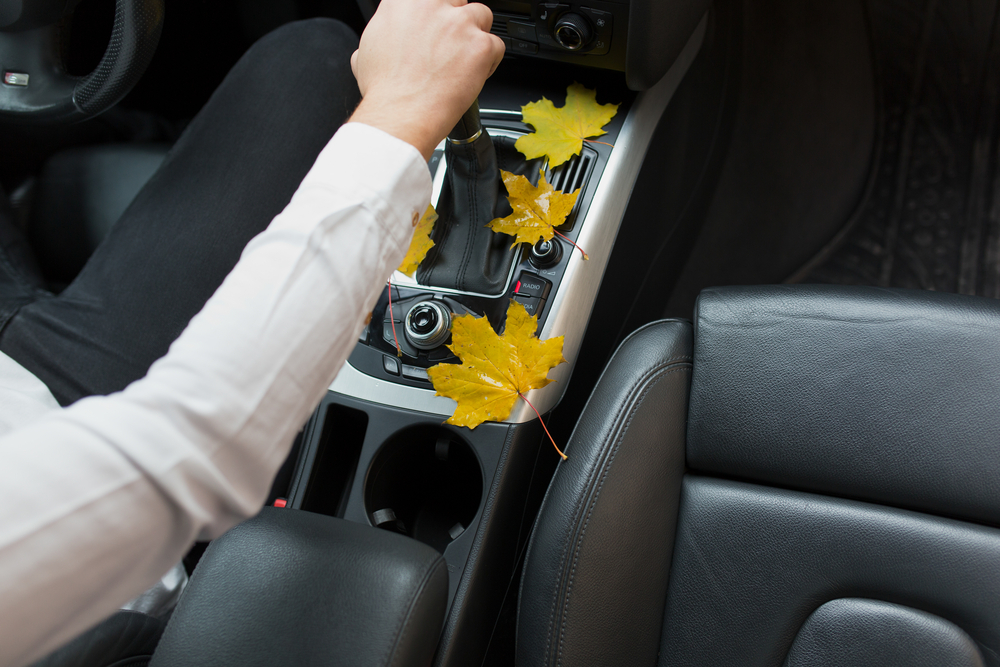
Overdrive transmissions became common additions in the 1930s-40s, but they got left out of the muscle car advent. An overdrive transmission in your vintage vehicle means less driveline and engine wear and elevated fuel economy. Having lower rpm allows oil to drain more evenly, and on the highway, it reduces the amount of engine noise.
When you equip overdrive, you can turn a loud muffler into a manageable bit of noise with just one shift. The TKO 500 and 600 five-speed kits are lightweight and straightforward; you can go the auto-to-manual swap route.
Wider Wheels for Enhanced Handling
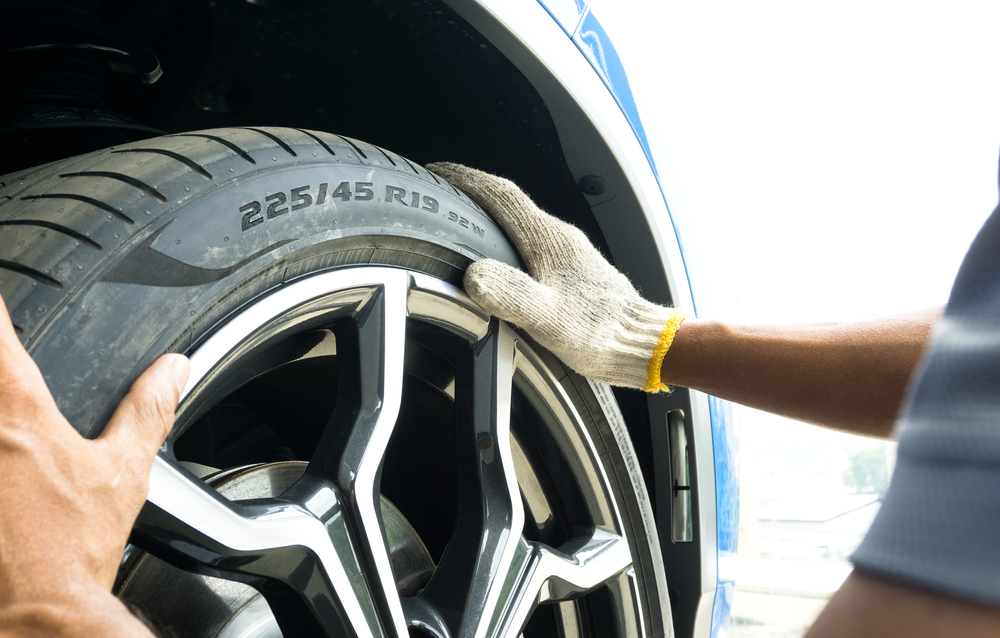
I know I already said wider tires, but wider wheels are also something to consider swapping in on your car. Wheels impact your vehicle’s performance regarding handling, and with handling, wider is better. The wider your wheels, the wider your tires can be, and the more rubber on the ground for traction.
Consider diameter since it directly links to the brake packages and tire contact patch size you can choose from. Going for a bigger diameter means you can fit larger brakes on the vehicle if you want it to be more track worthy. Sure, you’re limited on 15- and 16-inch wheel options, but 17-inch wheels are affordable and give enough choices.
Lighter wheels make it easier for your brakes to come to a stop. The weight placement on a wheel also matters because it resists rotational acceleration around an axis, controlling inertia.
Bigger Sway Bars Fore and Aft
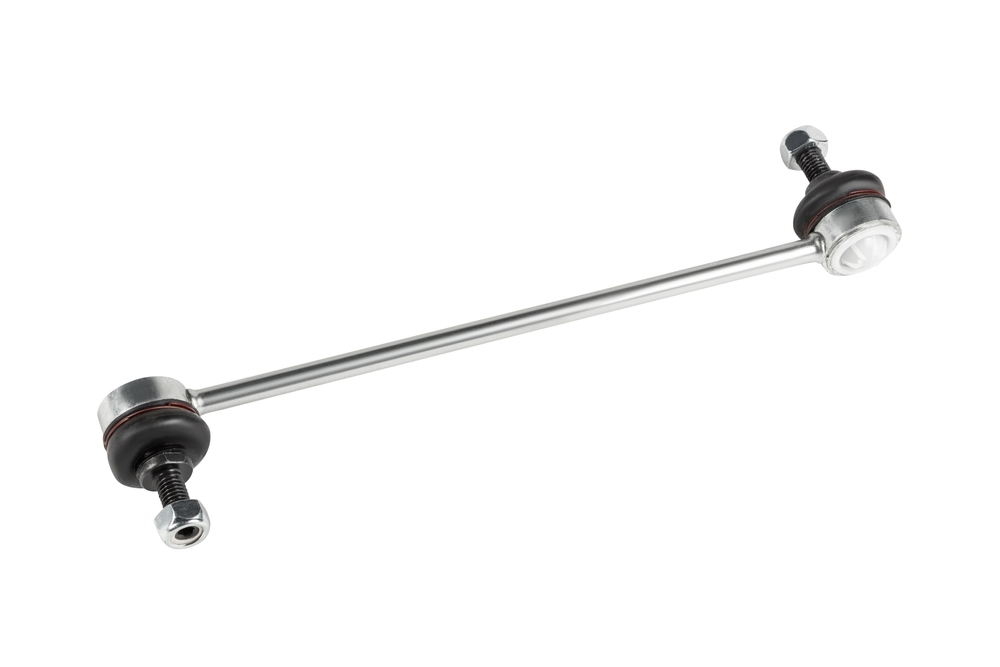
You probably do not own a factory-made racing vehicle like a Z/28 Camaro or Shelby Mustang, so you must put bigger sway bars on up front and rear. On an early-year Mustang, the stock front stabilizer bar is one inch with almost no resistance to body roll.
Sway bars are important since they lessen the weight transfer to the outer tire during a turn and keep the inside of your tires planted to build more grip. Stiff springs can help lessen body roll, but sway bars will get this job done.
Aftermarket companies tend to manufacture a lot of upgraded stabilizer bars. These bars are easy to install, offer better performance, and are relatively affordable.
New Shocks and Struts
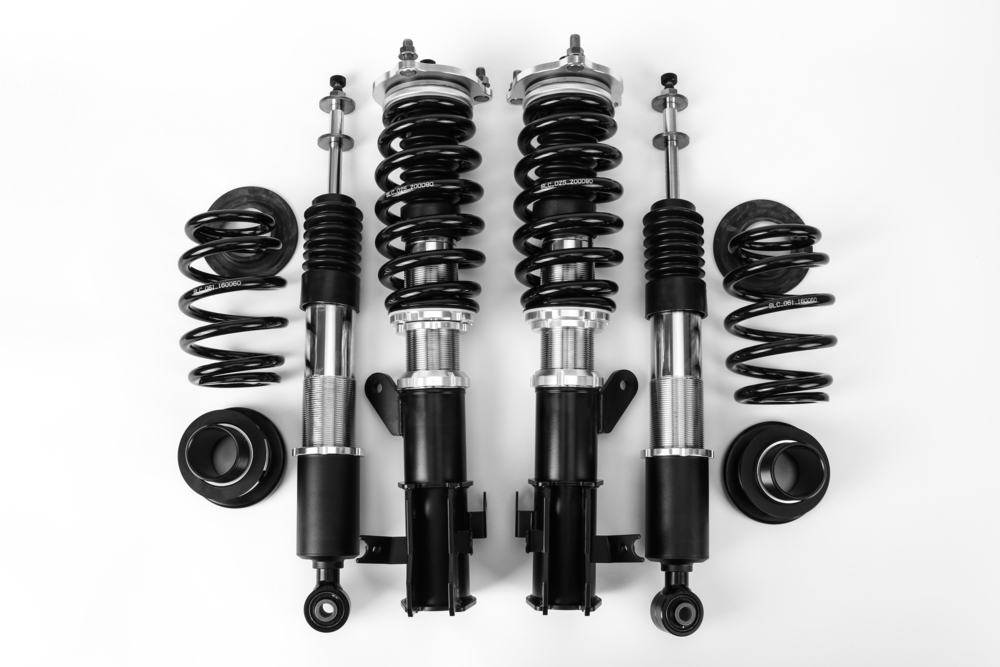
You will want to consider getting new shocks and struts to dampen how the spring behaves during compression and rebound. Either single or nonadjustable shocks should do just fine for most drivers. However, if you want to go all-out on tuning your car’s suspension, aim for double adjuster shocks or better.
This article originally appeared on MyCarMakesNoise.
More from MyCarMakesNoise
The 10 Most Iconic Buicks Ever Made

Buick, one of the oldest automobile brands, has a rich history of producing some truly iconic vehicles. It tells a story of the changing tastes, technologies, and trends in the American automotive industry. Their cars are not just mere vehicles; they are emblematic of their times, representing milestones in design, performance, and luxury. Read More.
10 Surprising Facts About the Boeing 787

Delving into the world of modern aviation marvels, we uncover the lesser-known aspects of one of the most innovative aircraft gracing our skies today: the Boeing 787 Dreamliner. This aircraft not only revolutionized air travel with its cutting-edge technology and passenger comfort but also brought a plethora of hidden wonders and breakthroughs in aviation engineering. Read More.
10 Must-Have Aftermarket Mods for Your Bike

Motorcycle enthusiasts often look to aftermarket modifications to enhance the speed and performance of their bikes. Here are 10 popular aftermarket mods that can make almost any motorcycle faster, along with detailed explanations and tips for each. Read More.

